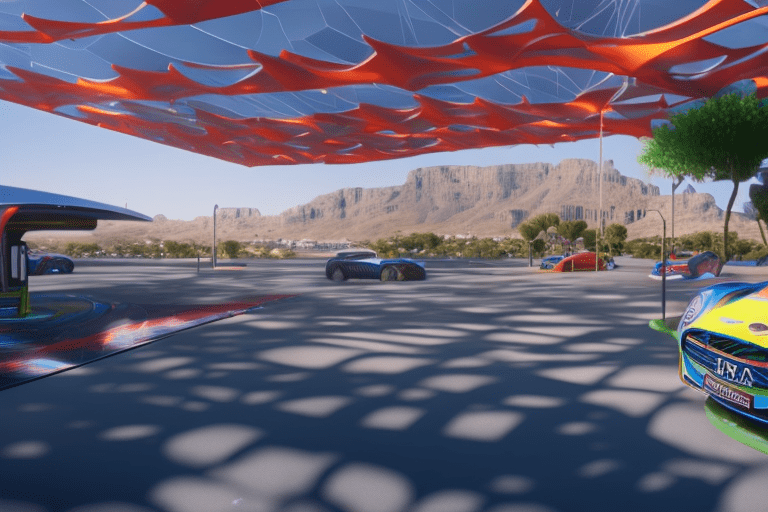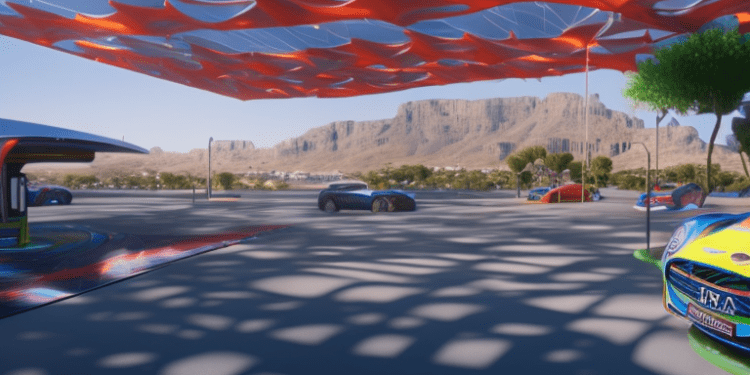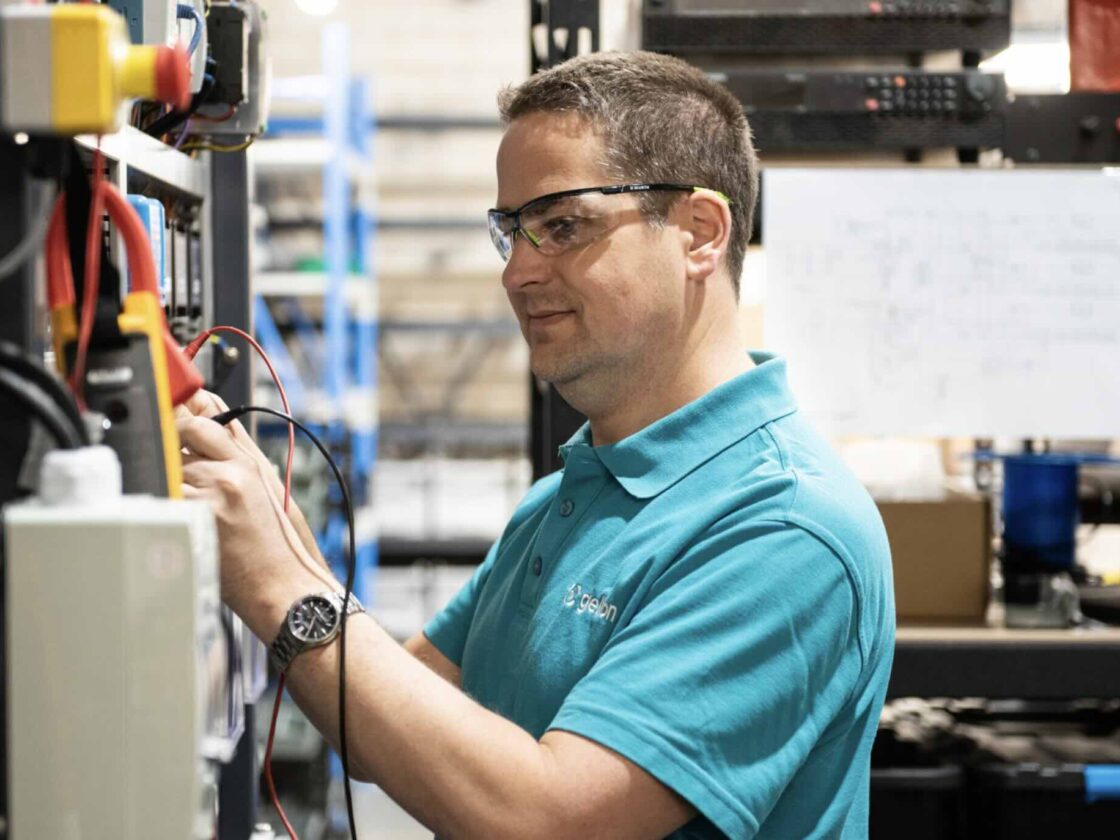MINI South Africa has taken a big step towards sustainability with the launch of the country’s first MINI-branded solar-powered electric vehicle charging station in Cape Town. The charging station has two connectors, each with a maximum output of 9kW AC, and both are Type 2. This is a great example of MINI’s commitment to protecting the planet as part of its Big Love brand statement.
The unveiling of the charging station took place on Saturday, 18 March 2023 at Cape Town’s V&A Waterfront, with partners such as the V&A Waterfront, the City of Cape Town, and Red Bull South Africa in attendance. MINI and Red Bull have had a long-standing relationship, which began 17 years ago in California when the first MINIs were converted into the iconic Red Bull MINI. This collaboration on the solar-powered charging station is further evidence of this in South Africa.
The all-electric MINI Cooper SE is currently the most affordable electric car in South Africa, and given its popularity with college students and young professionals, it would be great to see more solar-powered charging stations being installed at university campuses and other spots where early career professionals like to hang out. This would go a long way in raising awareness around electric vehicles in the country.
At CleanTechnica, we don’t like paywalls either. We implemented a limited paywall for a while, but it always felt wrong. So if you like what we do and want to support us, please chip in a bit monthly via PayPal or Patreon to help our team do what we do!
FAQ
Q1. How electric car batteries work?
A1. Electric car batteries are typically lithium-ion batteries that store energy and power the motor. They are recharged by plugging the car into an electric outlet or charging station.
Q2. What electric car has the longest range?
A2. The Tesla Model S has the longest range of any electric car currently on the market, with a range of up to 370 miles on a single charge.
Q3. How electric car batteries are recycled?
A3. Electric car batteries are recycled by breaking them down into their component parts and then separating out the metals, plastics, and other materials for reuse. The metals are melted down and reused in new products, while the plastics and other materials are recycled into new products.







